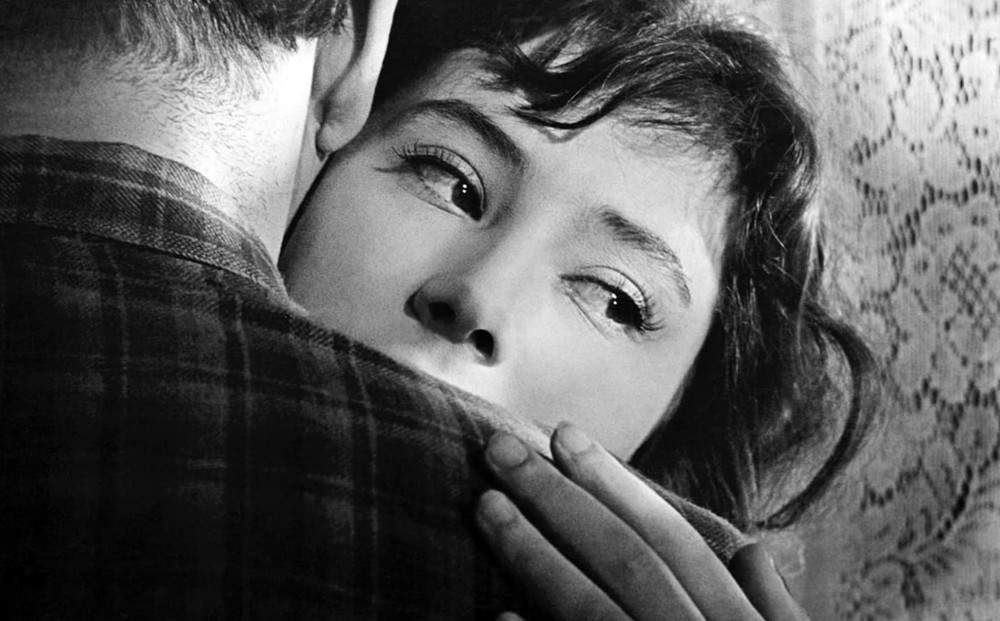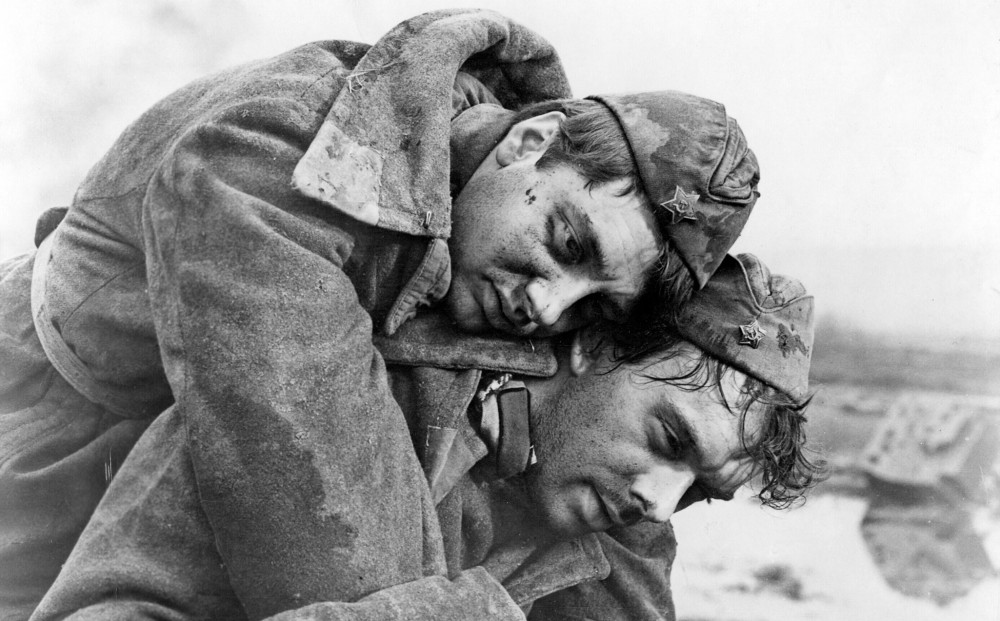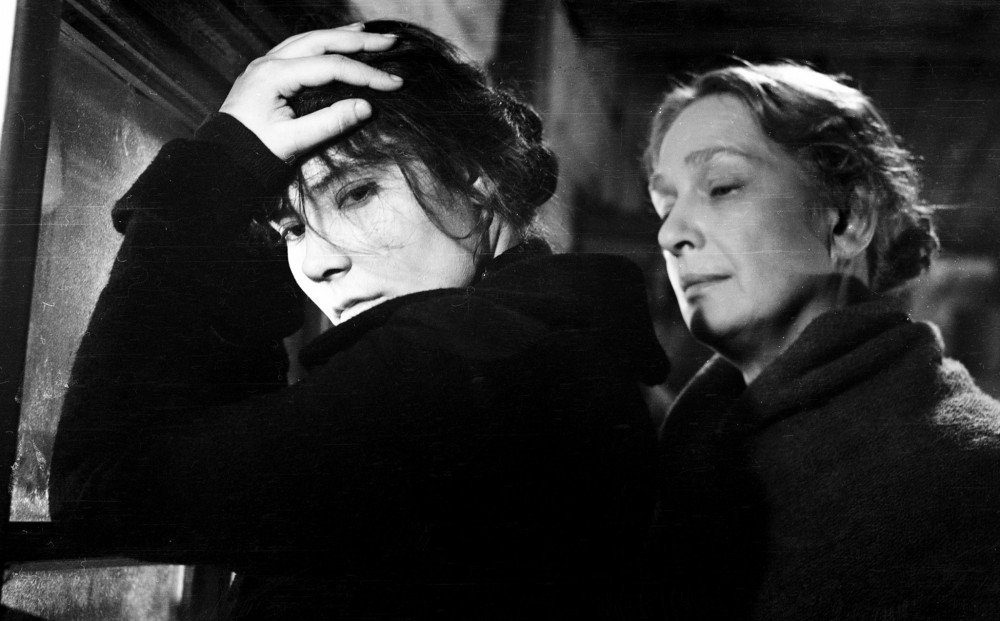Mikhail Kalatozov’s
THE CRANES ARE FLYING
HELD OVER! Must End Thursday, August 1
2:35 ONLY
FROM THE DIRECTOR OF I AM CUBA
WINNER, PALME D’OR, CANNES FILM FESTIVAL 1958
(1957) Tatyana Samoylova and Alexei Batalov gambol through the empty, silent Moscow streets at 4am on the whitest of white nights – June 22, 1941 (Russian equivalent of December 7 or 9/11) – and with war comes separation, death, rape, desertion, draft-dodging, black-marketeering, etc. – topics once taboo in the Stalin years. Kalatozov and cinematographer photographer Sergei Urusevsky (the same team would make I Am Cuba seven years later) use techniques also once taboo: a camera tour de force of helicopter and crane shots, giant crowd scenes, and endless, often hand-held shots (one begins on a bus, follows Samoylova down the street, up several flights, and into her apartment to find… ) First post-war Soviet film to find wide commercial success in the U.S. and top prize winner at Cannes. DCP restoration. Approx. 95 min.
A presentation by Mosfilm Cinema Concern. A digital restoration image by image of the picture and sound using a 2K scanner.
A JANUS FILMS RELEASE
Reviews
“Kalatozov’s freewheeling camerawork, with its almost unhinged movements and impossibly wide-angle lenses, creates an almost dreamlike atmosphere. It’s as if the very screen itself were at the mercy of the characters’ feelings — swaying and shaking with each shout, each heaved breath, each impassioned lunge.”
– Bilge Ebiri, The Village Voice
“Rocked Soviet cinema and changed the West’s view of the Soviet Union. Here was a film with real, flawed people, that discussed petty corruption, cowardice and betrayal, and had virtuoso camerawork way beyond anything seen in the West.”
– John Riley, The Independent
“The first film of the Soviet ‘thaw,’ Cranes has flights of Vigo-like lyricism, sequences of delicate romanticism, and startling visual ostentation. Its images often hark back to the expressionism of Soviet silent cinema; director Kalatozov and cinematographer Sergei Urusevsky are masters of convulsive bravaura.”
– Cinematheque Ontario
“The first indisputable masterpiece of post-Stalin cinema.”
– Josephine Woll



